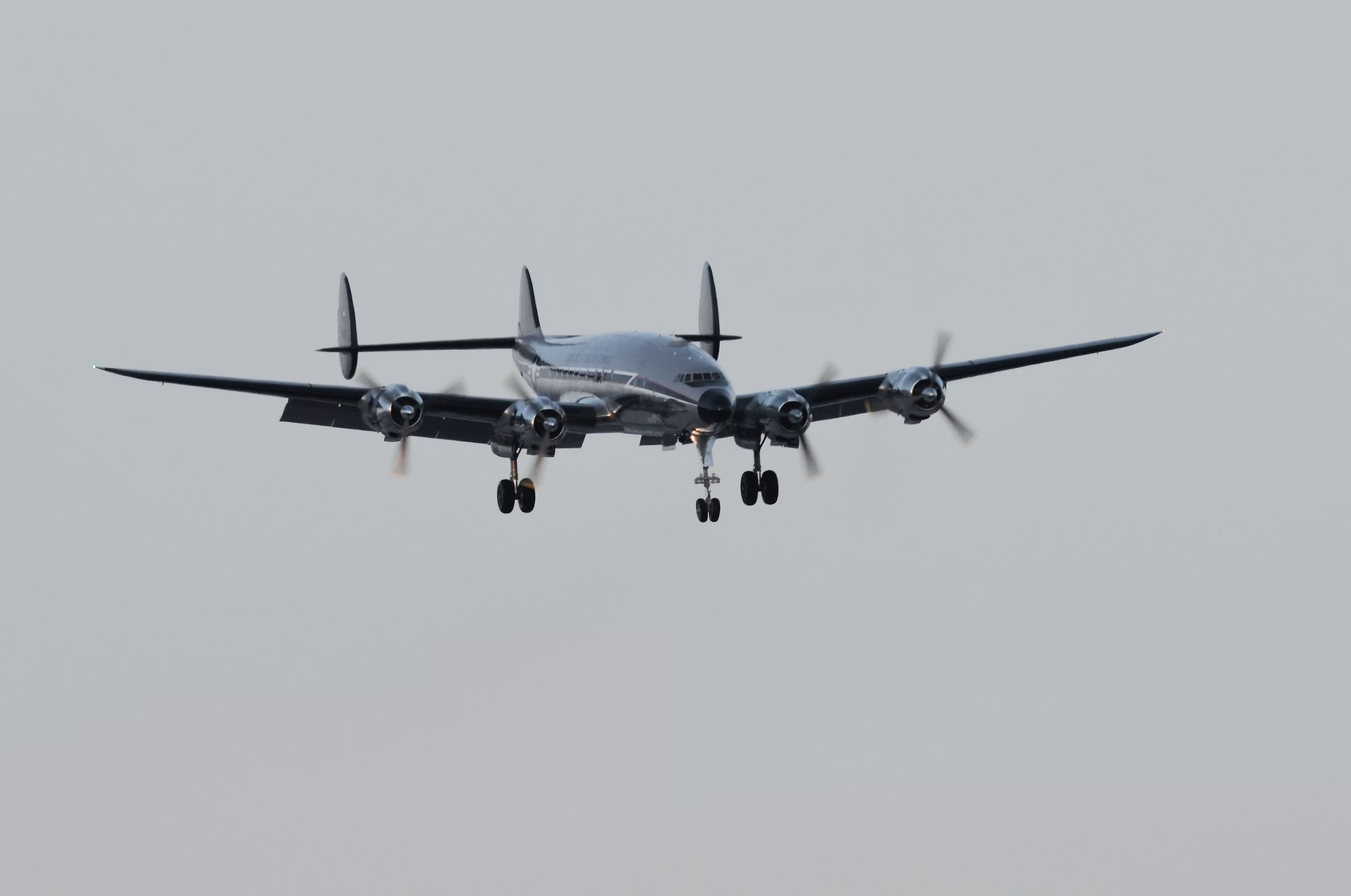Summary
- The legend of Santiago Flight 513 captivates the imagination with its blend of supernatural elements and aviation mystery.
- The story claims that a missing aircraft mysteriously landed 35 years later with 92 skeletons on board.
- Urban legends in aviation, like the fictitious Santiago Flight 513 and the disappearance of Malaysia Airlines Flight 370, often spark conspiracy theories and fascination due to their unexplained nature.
The story of Santiago Flight 513 is one that pushes the limits of the human imagination. As the tale goes, a commercial aircraft disappeared without a trace in 1954 before landing at an airport 35 years later, its 92 passengers (now skeletons) still onboard and strapped into their seats.
While your skepticism is warranted, the legend of Santiago Flight 513 was apparently believed by many across Latin America for years. In a continent that fell in love with magical realism, a genre in which the line between reality and the supernatural becomes blurred, what better place for the most famous (or rather infamous) urban legend of aviation to take place?
Santiago Flight 513
According to Aerotime, Santiago Flight 513 was a transoceanic flight operated by a carrier named ‘Santiago Airlines.’ This flight was said to be operated by a Lockheed Super Constellation, one of the most widely used aircraft during the era in which the aircraft’s disappearance supposedly took place.
With 88 passengers and four crew onboard, the aircraft took off from Maastricht Aachen Airport (MST) in Germany on September 4th, 1954, t, bound to cross the Atlantic for Porto Alegre (POA) in Brazil. But in an era before advanced satellite tracking, the aircraft mysteriously disappeared over the Atlantic, supposedly lost forever.
Plenty of commercial aircraft have disappeared in such circumstances, usually provoking theories of varying credibility explaining their disappearances over the decades. But this particular story takes a sharp turn into the realm of magical realism – on October 12th, 1989, the missing flight supposedly appeared out of the blue and landed at Porto Alegre, to the shock of air traffic controllers (who, if the story were real, would have wondered what a 1950s-era aircraft was doing during the jet age).
But the details of the story get even more eerie after landing. Supposedly, all 92 passengers and crew members were still in their seats, with only their skeletal remains left to show for it. All passengers were undisturbed, and the captain – named as Miguel Victor Cury – was supposedly still clutching the controls.
Where did it go for 35 years?
So, if we are to suspend our disbelief and accept that an aircraft did land 35 years after taking off, what do the theories say about where the plane had been for all that time?
Photo: Ryan Fletcher | Shutterstock
One theory that would explain such a wide gap between takeoff and landing would be if the plane entered some kind of temporal anomaly or time warp. This may have killed organic matter but left the plane itself intact enough to remain airworthy. Unfortunately, it fails to explain how a Lockheed Super Constellation could land itself, if we assume the skeleton in the captain’s chair didn’t do it.
After the plane landed, its engines were said to still be idling when ground staff approached the plane and discovered the skeletal remains of its 88 passengers and four crew. As for Santiago Airlines, the carrier is described as going bust in 1956, just a couple of years after the alleged disappearance.
One of aviation’s best-known urban myths
This story is unique in that it is not your usual far-fetched conspiracy theory about why a flight (that actually occurred) went missing. The origins of the urban legend have been traced back to a US tabloid newspaper called Weekly World News, which was known for publishing entertainment articles of a fictitious and outlandish nature.
Photo: Frank Mormillo
However, it’s pretty clear that this tale is a load of hot air and was most likely cooked up by a tabloid as something entertaining for readers. The operator is a completely fictitious carrier and operated a flight for which there is no record, log or images.
Nonetheless, it’s easy to see how it spread – humans love sharing unusual tales with a unique twist, and the added horror element helps the story stick. It also entered the public consciousness just as the internet was growing, allowing it to be shared more widely.
Other aviation urban legends
The story of Malaysia Airlines Flight 370, a flight that mysteriously disappeared over the Indian Ocean in March 2014, has perhaps drawn more speculation and theories than any other in the history of aviation. The flight’s true reason for disappearing has not been confirmed, although it is suspected the pilot of the aircraft deliberately flew it over the Indian Ocean in a mass murder-suicide.
Another well-known aviation urban legend involves Eastern Air Lines Flight 401, which crashed into the Florida Everglades in 1972, killing 101 passengers and crew. While this crash actually happened, airline staff later reported seeing the ghosts of the flight’s Captain and Flight Engineer on subsequent flights.



